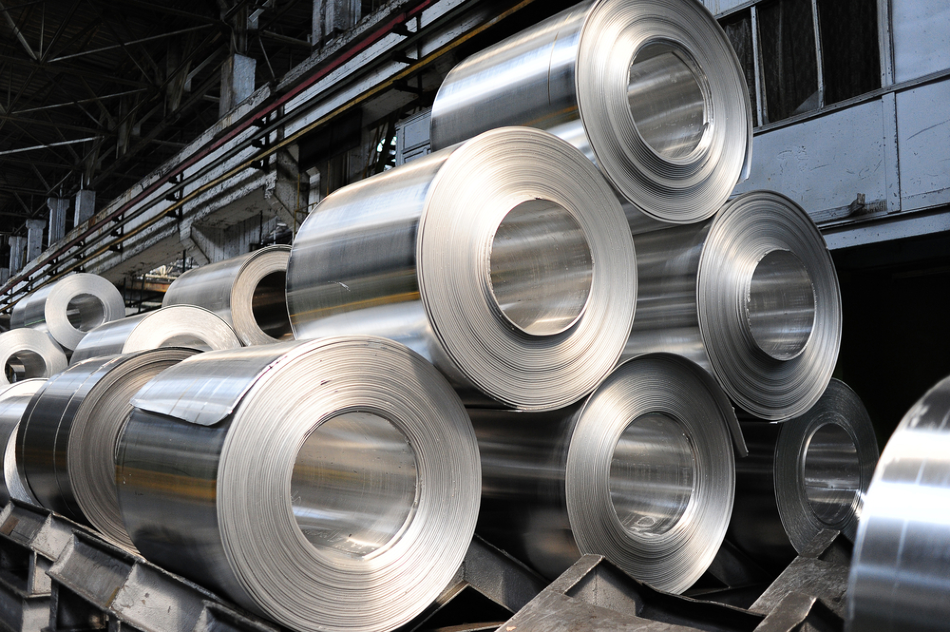Aluminium alloy 6026 is a recent developed alloy meeting the following European Environmental Protection Directives - 2000/53/CE-ELV for the automotive sector and 2002/95/CE-RoHS for the electrical and electronics sector. The extruded bars in alloy 6026 have the same minimum tensile strength as alloys 2011 and 2030.

Image Credit: Shutterstock/Yulia Grigoryeva
Alloy 6026 does not contain tin (Sn), which can cause cracking and weakness of machined parts when subjected to high temperature and stress. It has superior corrosion resistance. Alloy 6026 is generally supplied in the form of extruded and/or drawn bar.
Chemical Composition
| Chemical Element |
% Present |
| Manganese (Mn) |
0.20 - 1.00 |
| Iron (Fe) |
0.0 - 0.70 |
| Magnesium (Mg) |
0.60 - 1.20 |
| Silicon (Si) |
0.60 - 1.40 |
| Copper (Cu) |
0.20 - 0.50 |
| Lead (Pb) |
0.0 - 0.40 |
| Bismuth (Bi) |
0.50 - 1.50 |
| Zinc (Zn) |
0.0 - 0.30 |
| Tin (Sn) |
0.0 - 0.05 |
| Chromium (Cr) |
0.0 - 0.30 |
| Titanium (Ti) |
0.0 - 0.20 |
| Other (Each) |
0.0 - 0.05 |
| Others (Total) |
0.0 - 0.15 |
| Aluminium (Al) |
Balance |
Properties
| Physical Property |
Value |
| Density |
2.72 g/cm³ |
| Thermal Expansion |
23.4 x 10-6/K |
| Modulus of Elasticity |
69 GPa |
| Thermal Conductivity |
172 W/m.K |
| Electrical Resistivity |
0.39 x 10-6 Ω.m |
| Extruded and Drawn Bar |
Spec: 6026 T9 |
| Mechanical Property |
Value |
| Proof Stress |
330 Min MPa |
| Tensile Strength |
360 Min MPa |
| Elongation A50 mm |
4 Min % |
| Hardness Brinell |
95 Min HB |
Temper types - The most common temper for alloy 6026 is T9 tempering, where the solution is heat treated, cold worked and artificially aged.
Machinability - Alloy 6026 can be used as an alternative for alloys 6082 or 6081, especially where the finished parts need extensive machining on high-speed automatic lathes and machining centers.
Weldability - Alloy 6026 can be easily welded.
Applications
Alloy 6026 can be used in the following applications:
- Machined parts, especially on high-speed automatic lathes
- Hot forging
- Decorative anodizing
- Hard anodizing
- Electrical and electronic parts
- Automotive parts such as brake systems

This information has been sourced, reviewed and adapted from materials provided by Aalco - Ferrous and Non-Ferrous Metals Stockist.
For more information on this source, please visit Aalco - Ferrous and Non-Ferrous Metals Stockist.